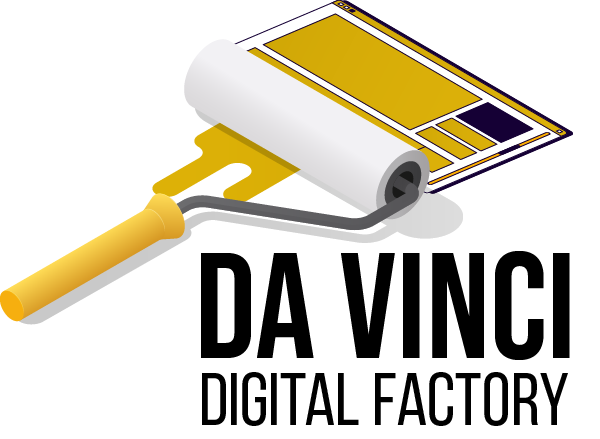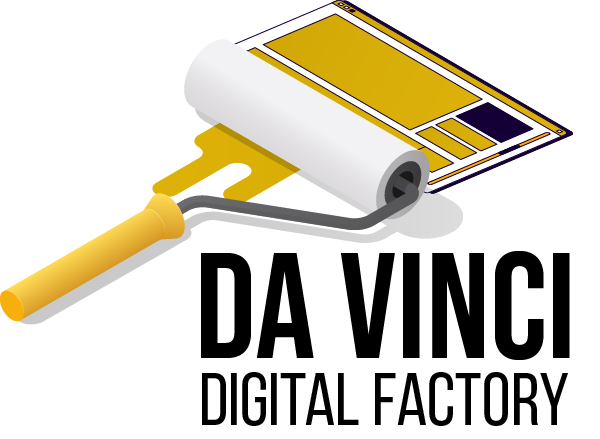Recommendation for image optimization
Get to know some recommendations used for optimizing images for websites.
One of the ranking factors in search engines is the speed of the website, and for a website to perform well it is essential that the images are optimized. In addition, optimized images also help search engines understand the image's content, so they have a greater chance of being displayed in users' search results (such as Google images, for example), bringing more visibility to the content of the images. pages and consequently improving the site's performance.
Learn how to optimize your website images:
1. It is advised to maintain standard image quality and size to fit well on mobile responsive sites and AMP (mobile page template for Google) pages. Ideally, the image should be up to 100 kb.
2. The image size can affect load time, which weighs heavily on page ranking. You can use tools like JPEGmini, TinyPNG, PicResize, Image Compressor and Compress JPEG to optimize the size of your images. Generally, a good compromise between file size and resolution is a quality setting of 80%, which will compress the image by 20%.
3. The image formats such as JPEG 2000, JPEG XR, and WebP generally offer better compression than PNG or JPEG. To change the format, you can use image editing tools (such as Photoshop or Illustrator) that already offer the option of saving the file in suggested formats (such as JPEG 2000) or online image converters like Any Conv. Other image formats, such as PNG, should only be used when necessary.
4. The image filename is one of the factors considered by search engines to crawl through the image path or URL in the page's HTML code. So consider naming your images according to what each one represents. For example: corona-beer-bottles.webp
5. The image must be in the context of the content.
6. The images must also contain alt text (or alternative text). The alt text is a description of the image that allows search engines to identify the content of the image. In addition, it is also important for users, as it appears when an image does not load, or for accessibility issues, such as reading content for blind people.
Attention: The alt text must contain important keywords, describe the image content literally, and be objective, not exceeding 120 characters.
7. There is another description that serves as a complement to the image file name and alt text.
You probably noticed a description that appears when you hover over an image on a website. This image description is a title tag and it serves as a complement to the filename, although it is not considered for search engine ranking purposes.
Ideally, the title tag for images is optimized and can be identical or long if you need to provide additional information.

